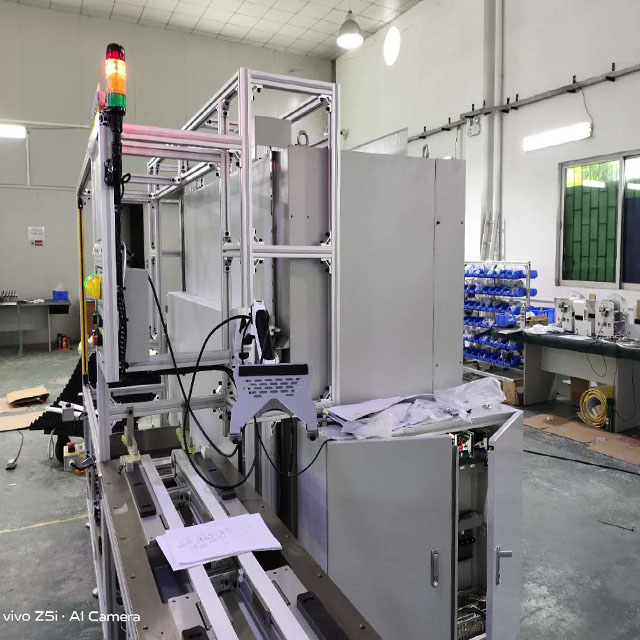
Noise test box and noise test room are two different types of equipment used for noise testing. They differ in the following aspects:
Structure and size: The noise test box is usually a closed box with a small size that can accommodate the products that need to be tested. It usually has the functions of sound insulation, vibration isolation and protection to reduce the interference of external noise. A noise test room is a larger room that usually has soundproof walls and sound-absorbing materials to provide better sound insulation and testing environment.
Scope of application: The noise test box is mainly suitable for noise testing of small products, such as electronic equipment, small mechanical equipment, etc. It can provide a relatively closed testing environment and reduce the impact of the external environment on the test results. The noise test room is suitable for large products or products that require comprehensive testing, such as auto parts and home appliances, etc. It provides a larger space to accommodate the entire product and simulate a real usage
environment.
Noise control effect: Noise test boxes usually have good sound insulation effects, which can reduce interference from external noise and provide a relatively closed testing environment. However, due to its small size, it may not be able to fully simulate noise scenarios in real usage environments. The noise test room has better sound insulation and larger space, which can provide a more realistic testing environment and more accurately evaluate the noise performance of the product.
Cost and availability: Noise test chambers are generally low-cost and easy to use, and are suitable for noise testing of small products. They can usually be purchased or rented and are more commonly found in laboratories or factories. Noise test rooms usually require higher investment and larger space, and are suitable for large products or products that require all-round testing. They often require custom design and construction, and are more common in some professional testing facilities or research institutions.
To sum up, there are differences between noise test boxes and noise test rooms in terms of structure and size, application scope, noise control effect, cost and availability. The choice of which equipment to use should be determined based on the type of product that needs to be tested and the testing requirements.


